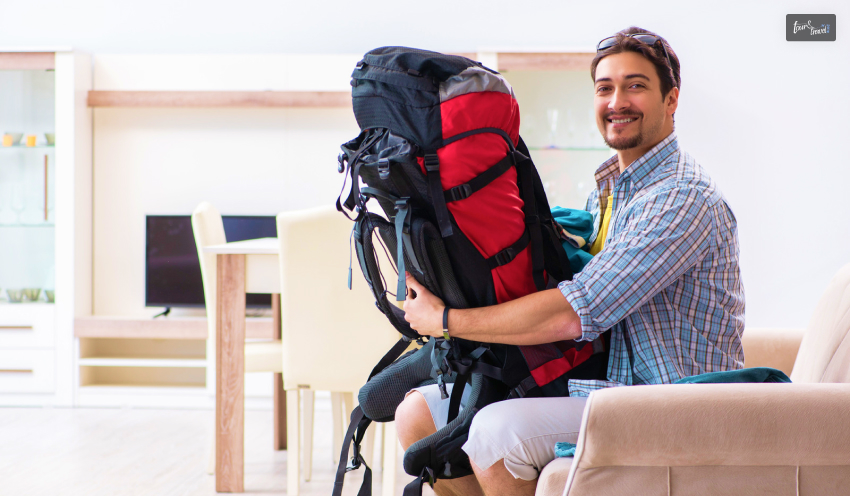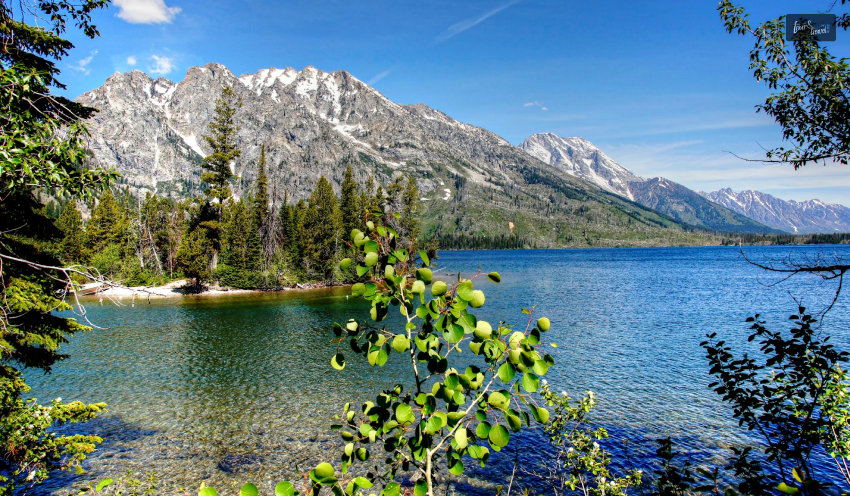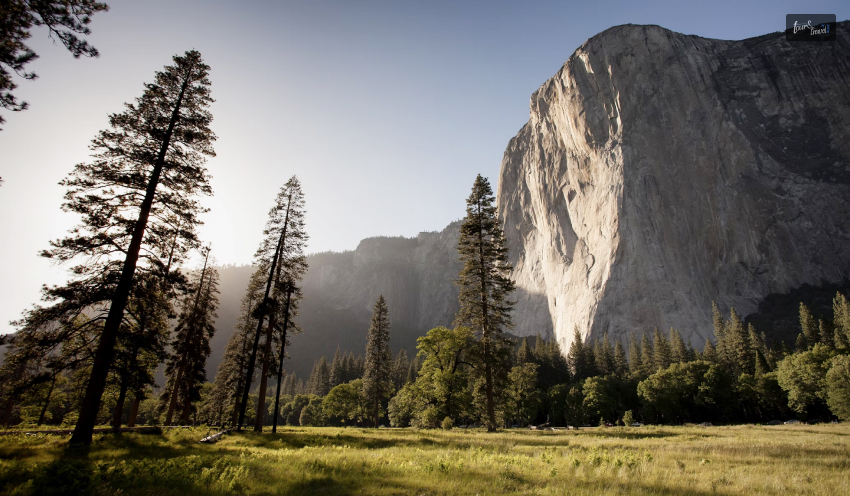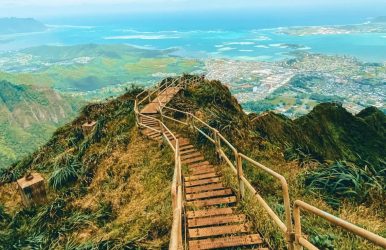8+ Best Cinnamon Rolls In Las Vegas You Must Try: Vegas Food Tourism
BY Abdul Aziz Sep 17, 2021
As a sweet and flavorful snack, cinnamon rolls are an all-time favorite. The moist and yummy sheet rolled layers of buns with cinnamon and sugar mixture. With every bite, this lovely, sweet snack melts in your mouth. Are you on a culinary tour in Las Vegas? Do you want to try the best cinnamon rolls in Las Vegas? Here is a curated list for you. However, before that, let’s unfold the sweet mystery of cinnamon rolls. Why Cinnamon Rolls Are The Best? So, why are we crazy about cinnamon rolls? The pillowy dough is enriched with warm spices such as nutmeg, ginger, and cinnamon. The best part is the frosting on the rolls, which looks like icing on the cake. The combination of savory and sweet components creates a perfect item for breakfast or lunch! Cinnamon is special, especially when added to the proprietary blend with freshly baked dough, cream cheese frosting, and icing. There is also the rich cream with cheese frosting along with Indonesian cinnamon that creates the signature taste of cinnamon rolls! Cinnamon rolls can sometimes be considered junk food because they are large and dense! It is rich in carbs and fat and comes with 880 calories (about 70 minutes of running) for every roll! However, I would still not say it is very unhealthy, especially when there are other carb-based items! 8 Destination Of Best Cinnamon Rolls In Las Vegas Are you feeling happy or sad no matter what happens? But each time, whenever you start tasting this sweet snack, it can charge your mood with every single bite. Las Vegas is a prime tourist destination. From every corner of the world, the people are visiting here to explore the place and food. You should always keep a single day from your travel routine to hunt for the best cinnamon rolls in las Vegas. Las Vegas has multiple best cinnamon rolls counters which are serving this delicious snack. Check out the top eight picks from our best cinnamon roll destination in Las Vegas. 1. Homies Cinnamon Rolls When searching for the best cinnamon rolls in Las Vegas, the Homies instantly comes to mind. Undoubtedly, the Homies are the best destination for cinnamon roll lovers. This is because the taste of the cinnamon roll is so delicious. Hence, from your first bite, the cinnamon flavor makes your mood fresh. The soft texture of the cinnamon rolls and the taste of sugar is starting to melt in your mouth. Along with the cinnamon roll, every dish tastes good. And this place is the perfect hanging-out space for everyone. Address: Shop no.3035 Block E, Tropicana Avenue, Nevada, Las Vegas 89121 2. Mr. Mamas Breakfast And Lunch Mr. Mama’s breakfast and lunch serve almost every popular Vegas dish, like steaks, homemade gravy, and biscuits. The cinnamon rolls get the maximum points from pastry lovers among the long list of serving menus. Whenever you visit this place, always order some sweet, flavorful cinnamon rolls to satisfy your mouth and mind. Even the sweet dishes taste delicious, especially the pastry and biscuits. Address: Shop No.5693 S Jones Blvd #106, Nevada 89118, Las Vegas 3. The Henry View this post on Instagram A post shared by The Henry (@thehenryrestaurant) This place should be your top pick when you want to find some delicious breakfast in Las Vegas. This smart, cozy restaurant is serving one of the best cinnamon rolls in Las Vegas. So, making the plan to dine here is never going to be boring. Make a plan to dine here with a small group of friends. And do not forget to add the cinnamon roll to your food order list. 80% of breakfast finders order the delicate taste of French toast and the soft cinnamon rolls in their order. So visit there and enjoy the lovely tasting dishes and warm service. Address: Boulevard Tower, Las Vegas Blvd Street Level one, Las Vegas 4. Cinnaholic https://www.instagram.com/p/C95U64kxZ8L/ Cinnaholic of Las Vegas serves some of the top delicious sweet dishes and the best cinnamon rolls in Las Vegas. Among these dishes, most customers order cinnamon rolls for their friends and families. You will get huge roll collection options from their menu list. And every roll and the pastry that is served here are gluten-free. So, when you are in Las Vegas, plan to visit this place with your friends to enjoy the friendly atmosphere and the best cinnamon rolls in Vegas. Address: Las Vegas,4165 Grand Canyon Dr., Suite 103 5. Cinnabon https://www.instagram.com/p/C8FRBiBRzOh/ Who does not love the refreshing smell of freshly baked cinnamon rolls right from the oven? This place is one of the top picks for the cinnamon roll lovers. Walking through the front street, you start to smell the aromatic smell of the best cinnamon rolls in Las Vegas. For the takeaways and sweet cravings, this place is the best choice. You do not have to wait for long. The staff is friendly. After placing your order for the cinnamon rolls, they will deliver you the freshly baked packed cinnamon rolls within a few minutes. Address: 4300 Meadows Mall, Las Vegas 6. The Bagel Cafe https://www.instagram.com/p/CRwfvCvtWfJ/?hl=en The bagel cafe is one of the best hangout spots for breakfast option finders. From varieties of smoked fish and meats, they are famous for their comprehensive collection of types of bagel and cinnamon rolls. If you love to explore the different cinnamon rolls and pastries, this will be your best option. So do not hesitate to start your day with these bursting, delicious-tasting cinnamon rolls and pies. Hence, every calorie is worth earning, especially for cinnamon rolls. Address: N Buffalo Dr, 301, Las Vegas 7. Pastry Palace Pastry Palace is not only a pastry shop. This is the place where you can experience the artistic side of the sweet dishes. This means along with the taste, they serving many unique-looking pastries. Moreover, they specialized in serving elegant gorgeous-looking cakes for different occasions. Along with the best wedding cakes, they are also serving the best cinnamon rolls in las Vegas. The pastry, varieties of different flavors, cookies, and soft, freshly baked cinnamon rolls are the best attractions of the place. Address: Las Vegas W Sahara Ave 4523 8. Humboldt Sweet https://www.instagram.com/p/Cw5n-WovKU1/ You will notice their cozy dining place when you first enter the restaurant. Humbolt serves one of the best sweet snacks in Las Vegas. So, if you are searching for various tasty, sweet snacks, this will be your best hangout place. All your requirements, especially for the sweet dishes, will be fulfilled from this single place. The most favorite dish of the place is the chilly cinnamon roll. Based on my opinion, this specific type of Humboldt cinnamon roll is the best I’ve ever tasted. Address: Green Valley Pkwy #110, 670 S, Henderson 9. Cafe Cuto https://www.instagram.com/p/DBPQoSfgRM2/ Address: 2777 S Las Vegas Blvd, Las Vegas, NV 89109, United States Cafe Cuto serves the best cinnamon rolls in Las Vegas. Further, while researching them, I found a lot of craze about their jasmine tea. In addition, people love having Italian coffee here. Moreover, along with cinnamon rolls, they serve another dessert with a hint of this fragrant spice. The cinnamon crumble blueberry muffin here is just drool-worthy. Foodie Corner “Nice place to stop by and grab a fresh coffee. Coffee was okay I've had better but the highlight of this place is their cinnamon crumble blueberry muffin it is out of this world. Try it do not bypass this item.” - GG M. 10. Capital One Café https://www.instagram.com/p/CWbqgH-LPzY/?img_index=1 Address: 3200 Las Vegas Blvd South 1110 Ste 1110 Las Vegas, NV 89109 Capital One Café stands out for its comfortable ambiance. Lavender latte and cinnamon ginger latter are the biggest crowd pullers here. Further, having the best cinnamon rolls in Las Vegas feels better due to the 50% discount on Capital One credit or debit cards. The cafe ambassadors will help you use the card and find the best deals. Foodie Corner “This was my first time in any Capital One cafe, and they set the bar high. Bank employees greeted me at the door and helped me deposit my check. They comped me a latte since it was my first time in the branch. Customers must have been happy because everyone was smiling and networking. Great space to work remotely as well or plan a business meet-up.” Rain Bow T. Do You Know Many People Who Eat Their Cinnamon Rolls With Chili? Sounds confusing? But guys, it is quite a popular combination followed by a distinct Iowan tradition. However, the origins of eating cinnamon rolls and chili are a little murky. The combination of sweet and salty pairing reminds me of other food items such as pineapple on pizza, apple pie, and cheddar cheese! The combination of these items might be questioned. A lot of people divide tasters and incite chaos among food enthusiasts! However, several individuals love this combination. Cinnamon rolls, a decadent pastry, are mostly eaten as breakfast, but how does it taste with the savory dish, chili? It goes back to the 1960s when an article was published by the Des Moines Register referring to this dish. The pairing started in school lunchrooms. This is a product of budget food because it is not expensive! Another reason, such as ordering limitations, is also a factor, especially through Iowa historians who inform the theory of combining the two items, a cost-effective meal that appeals to the students. The cinnamon roll was a crowd-pleaser, so it is prevalent in schools now. There was a mandated guideline of “one serving of a bread or gain product” and “two ounces daily of protein-rich foods,” which was easily followed with this combination. This combination became such a huge hit that when the cinnamon roll and chili menu were offered, students' and teachers' attendance and participation went up. It became a staple for the Iowa school scene! Wrapping It Up: All of these eight places serve the best cinnamon rolls in Las Vegas. We are giving the whole idea about these places. The taste of cinnamon rolls and pastries is uncompromisable. When you are in Vegas, you will get plenty of options. But investing in these places is worth every single penny of investment. So which one are you going to choose? Do not forget to share your Vegas tour experiences in the comment section. Read More: 10 Best Things To Do In San Diego (USA) A Guide To National Parks In Wisconsin – Latest Guide Batista Restaurant Las Vegas – Restaurant Info, Ratings & Reviews















Real instructive and good anatomical structure of written content, now that’s user genial (:.